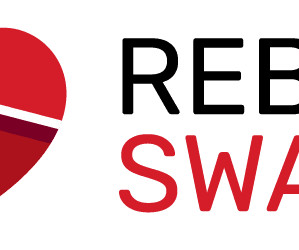REBEL Core Cast 107.0 – Vertebral Osteomyelitis
REBEL EM
AUGUST 30, 2023
REBEL Core Cast 107.0 – Vertebral Osteomyelitis Click here for Direct Download of the Podcast Definition Inflammation of the vertebrae due to a pyogenic, fungal or mycobacterial organism. The initiation of empiric antibiotics in hemodynamically stable, neurologically intact patients should be done on a case-by-case basis.












Let's personalize your content